Remembering Pearl Harbor: Inside the war effort in Broome County
- Oops!Something went wrong.Please try again later.
Every year, Dec. 7 rolls around.
There will be several news programs that will note that it is Pearl Harbor Day — that time when we should remember the horrendous attack on the United States Naval facilities in Hawaii which resulted in the deaths of 2,403 and wounded 1,178. It decimated our naval fleet and plunged this country into the Second World War.
There are fewer and fewer veterans alive who fought in World War II. There are fewer people who actually remember Pearl Harbor and its implications. That is one effect of the passage of time. We, as a people, often pay “lip service” to events, but are not always cognizant of what it implies.
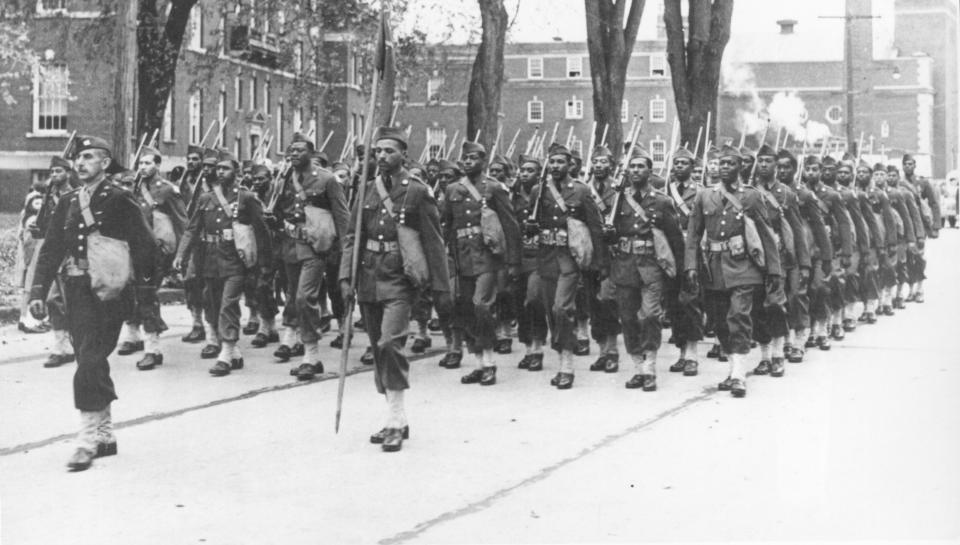
Perhaps that is one role that this writer as a historian has in today’s fast-paced world — to relate those stories and tales and to try and give context to the issue.
On Dec. 7, 1941, our world as we knew it changed forever. We are familiar with the speech given by Franklin Delano Roosevelt, that it was a date that would live in infamy. Yet, many do not comprehend that massive change in American society.
This country, despite its involvement in the Lend-Lease Act and its ties to the Allied powers before that date, had to evolve tremendously.
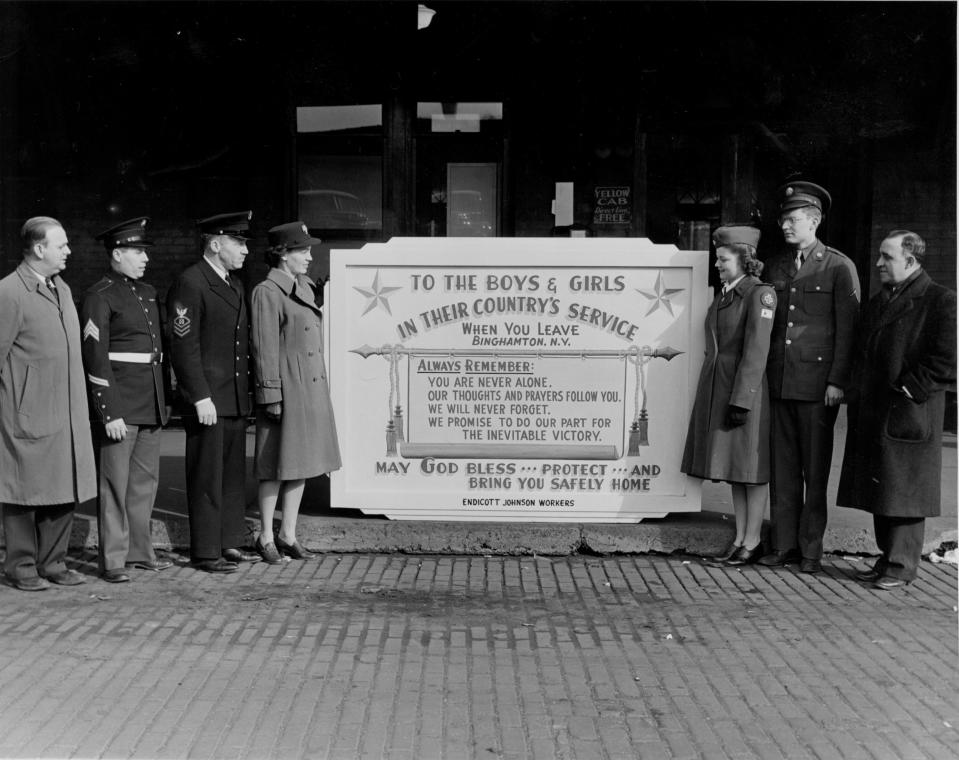
The norms of the country were changed. This region, as well as the rest of the nation, had to learn to live with shortages.
Ration books were developed for everything from gasoline to milk. There were metal drives so that those items could be reused for airplanes and other military vehicles. One picture of such as drive in Johnson City shows an ancient fire engine being added to the mounting heap.
More: Looking back, former Broome County historian takes another step forward
In our area, Endicott Johnson, which had been making children’s, women’s and men’s shoes of all kinds, received a major contract to make the military boots that would be provided to every branch of the military service. It would continue to make millions of pairs of these valuable and necessary footwear even past the end of the Second World War in 1945.
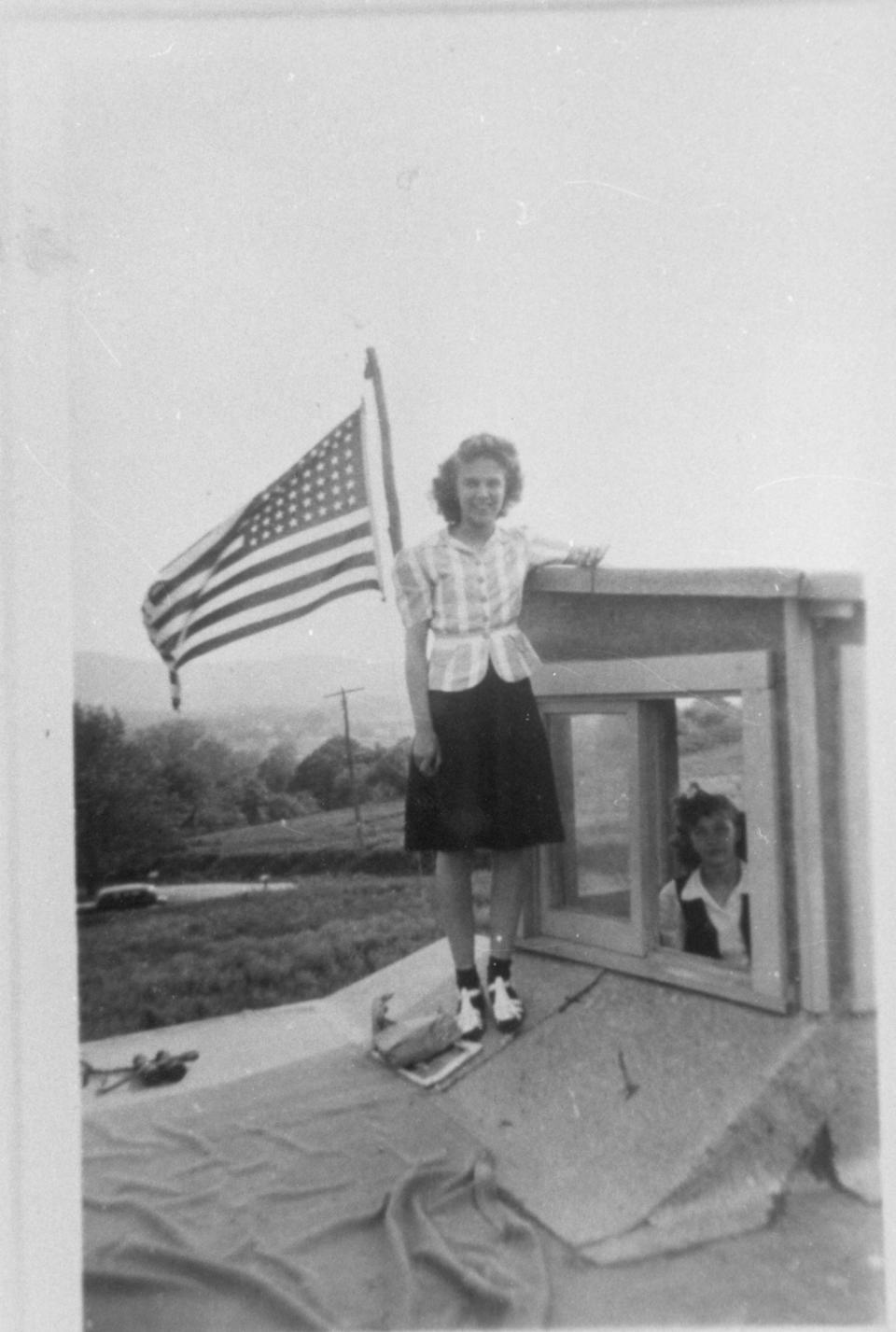
On the east side of Binghamton, Drybaks, which was a regional manufacturer akin to L.L. Bean, made the Navy pants and Army combat suits and jackets. The Defense Department would develop empty land in Westover into a huge building that was originally used by Remington Rand to make Colt pistols for the war effort, rather than its usual line of typewriters. That plant would later be home to General Electric.
In Hillcrest in the Town of Fenton, the military developed the United States Army Medical Depot for New York. It was a large complex that was guarded against public entrance for decades after the end of the war. IBM produced elaborate tabulating equipment as well as involvement in guidance systems for the military.
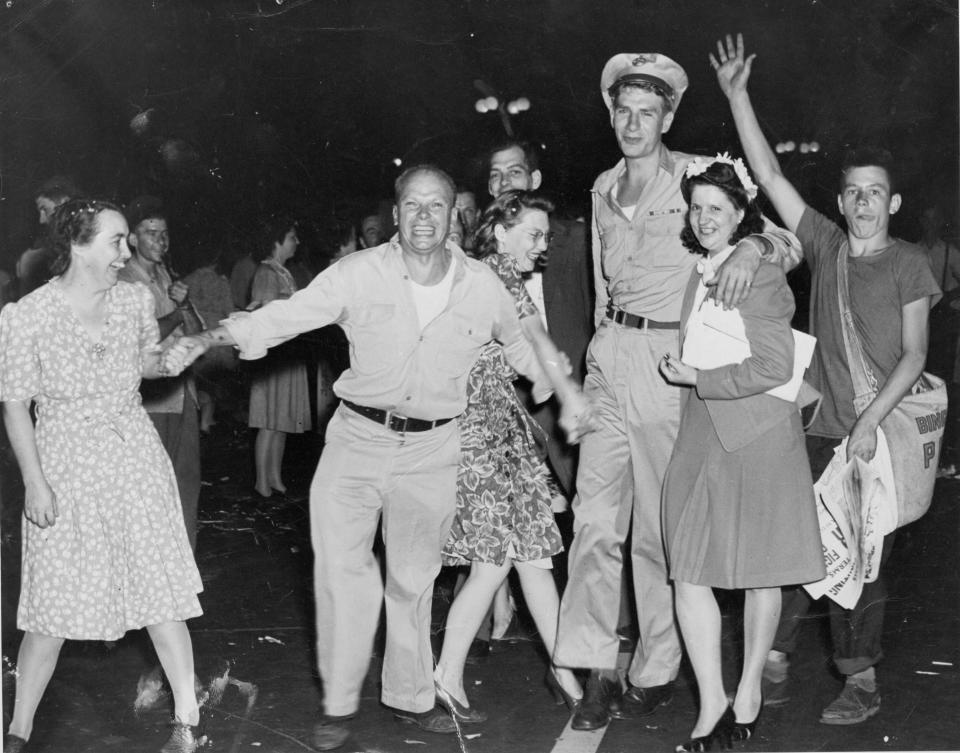
Ansco, whose parent company Agfa was tied to the German firm I.G. Farbin, was seized a few days after the Pearl Harbor attack because of that German tie. It was contracted out to be operated by General Aniline and Film (GAF).
Despite this complication, Ansco was involved in the manufacture of a sextant, the Driftmeter, Collinator, aerial photographic films, papers, printers, and color film. Other products were made here after that date. They include the M-1 Carbine, Browning guns, hand grenade parts, bomb-tail fuses, ship parts, parachutes, tow ropes, and many other items that all came from Broome County.
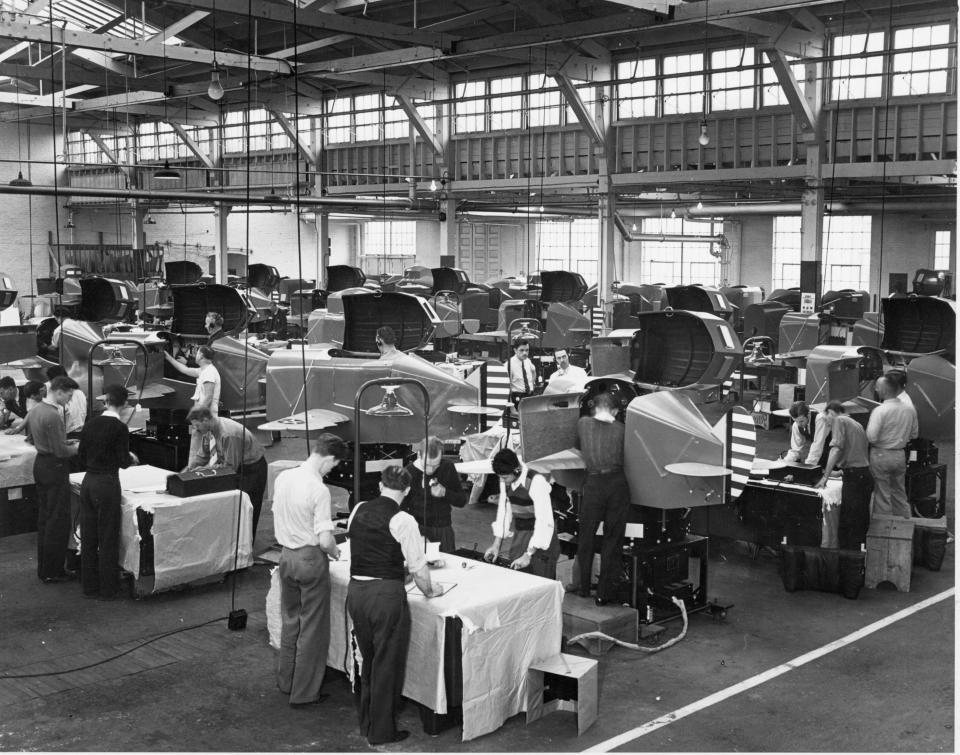
All this plus the service of over 18,000 men and women who served during the war. At least two women — both nurses — died during their service and are remembered on the Broome County All Wars Memorial located at the Visions Veterans Memorial Arena. How many families were Gold Star families — losing at least one member of their family to the war in Europe, Africa and the Pacific Sphere. Losses that forever changed their lives.
All this as a result of one horrible morning over the skies of Pearl Harbor. A morning that changed our lives here in the Southern Tier. A morning that pulled the United States into war.
It is truly a date that has lived in infamy and, if historians have anything to add, it will remain that way.
Gerald Smith is executive director of the Tioga County Historical Society and a former Broome County historian. Email him at historysmiths@stny.rr.com.
This article originally appeared on Binghamton Press & Sun-Bulletin: Remembering Pearl Harbor: Inside the war effort in Broome County

